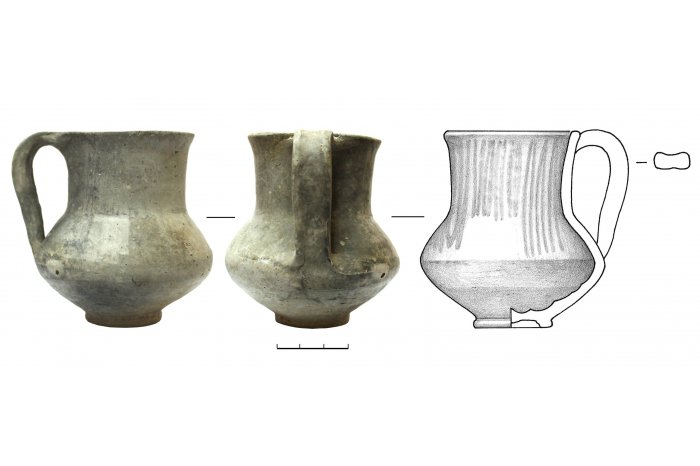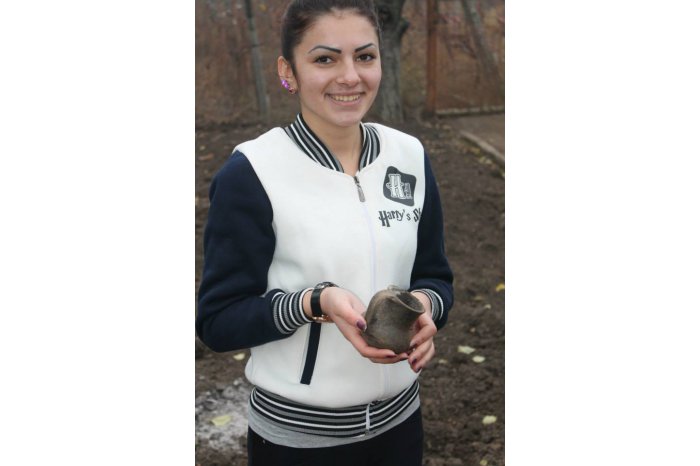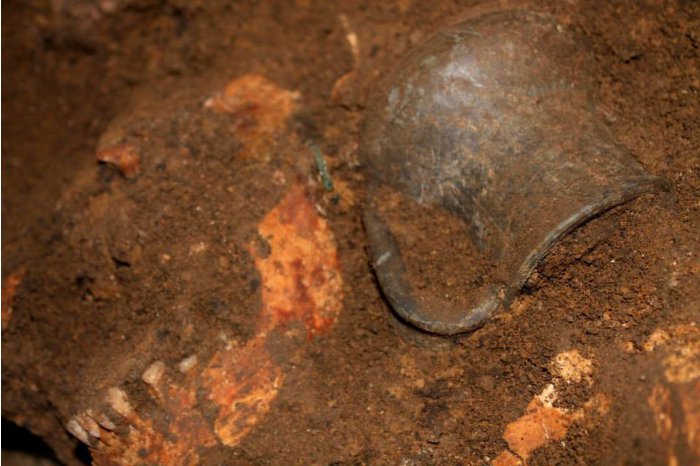More archaeological vestiges of exceptional value discovered in settlements of Moldova
15:11 | 19.04.2023 Category: Regional
Chisinau, 19 April /MOLDPRES/ - The National Archaeological Agency has informed that, since the beginning of this year, archaeological vestiges were discovered in various settlements of Moldova, some of them of special or even exceptional scientific and patrimonial value.
„Many of the vestiges represent accidental discoveries, made especially on the occasion of soil’s excavation works. For instance, most of those 50 necropoles from the fourth century, assigned to the Sântana de Mureș-Cerneahov culture, identified on the territory of Moldova so far, were discovered accidentally. Among them, there are the representative cemeteries from the Budesti and Danceni settlements; both sites were subsequently researched and provided quote valuable data and materials for the knowledge of the archaeology of the period of Goths’ migration into the north-Pontic and north-Danube area,’’ the National Archaeological Agency said.
According to the quoted source, among the most recent accidental archaeological discoveries, in which institution’s specialists intervened for their documentation, recovery and research, there is also an inhumation grave of the Roman age (2nd century AD) from the Farladeni settlement, Causeni district.
According to archaeologists, the grave is assigned to nomadic Sarmatians of eastern origin. Archaeological and anthropological data on this funeral complex were published shortly after the discovery by researchers Sergiu Popovici și Angela Simalksik in the volume II of the Preventive Archaeology from Moldova.
„The territory of Moldova is a real treasure, which preserves rarities of archaeological and historical value. Regretfully, we heard about most of them post-factum and where specialists were not able to intervene, as the vestiges were found by citizens while they were carrying out certain works on their own lands; yet, they did not inform the authorities and were preferring to pass this over in silence, in order not to be bothered with research works,’’ sources in the field told MOLDPRES.
Photo: National Archaeological Agency



